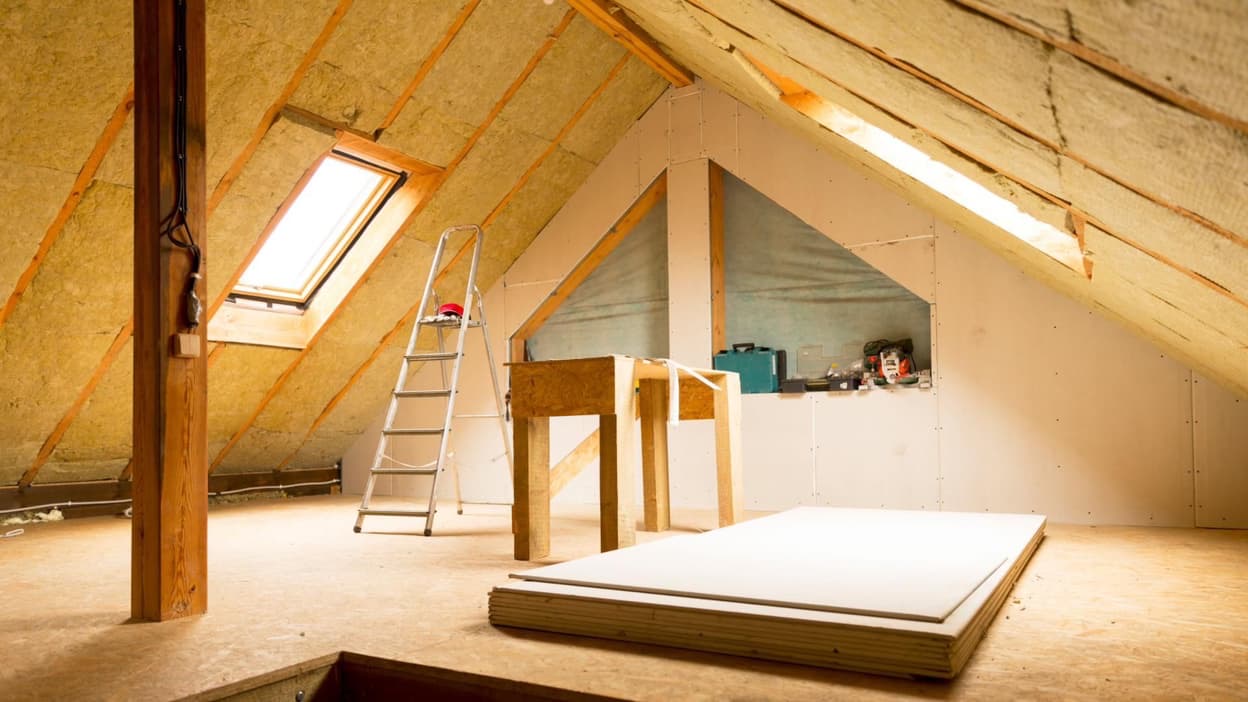

Articles
Which Way Does Insulation Face In Attic
Modified: January 8, 2024
Looking for articles on which way insulation should face in the attic? Find all the information you need to properly install and orient insulation in your attic for maximum effectiveness.
(Many of the links in this article redirect to a specific reviewed product. Your purchase of these products through affiliate links helps to generate commission for Storables.com, at no extra cost. Learn more)
Introduction
Insulation plays a crucial role in maintaining the comfort and energy efficiency of a home. One area where insulation is particularly important is the attic. Properly insulating the attic can help to regulate the temperature inside the house, reduce energy costs, and enhance overall home insulation.
But, have you ever wondered which way insulation should face in the attic? It’s a common question that many homeowners have when it comes to insulating their homes. In this article, we will explore the importance of proper attic insulation and discuss the factors that determine the correct orientation of insulation. By understanding these key concepts, you can make informed decisions when it comes to insulating your attic.
Key Takeaways:
- Proper attic insulation orientation is crucial for energy efficiency, comfort, and home longevity. Consider climate, ventilation, and insulation type to optimize insulation effectiveness.
- Avoid common attic insulation installation mistakes like inadequate insulation, compression, and blocking ventilation. Seek professional guidance for optimal energy efficiency and comfort.
Read more: Which Way To Face Insulation
Understanding Insulation in the Attic
Before delving into the proper orientation of insulation in the attic, let’s first understand the role insulation plays in this space. The attic is an area of the house that is often exposed to extreme temperatures, making it susceptible to heat gain during the summer and heat loss during the winter. Insulation acts as a thermal barrier, restricting the flow of heat between the attic and the rest of the house.
Insulation materials typically come in the form of batts, rolls, or blown-in loose-fill. These materials are designed to trap air pockets, preventing the direct transfer of heat. The most commonly used insulation materials include fiberglass, cellulose, and spray foam.
The effectiveness of insulation is measured by its R-value, which indicates its resistance to heat flow. The higher the R-value, the better the insulation’s ability to resist heat transfer. It is important to choose the appropriate insulation material and thickness based on the climate zone in which you reside.
In addition to thermal resistance, insulation also provides other benefits like reducing noise transmission and preventing moisture buildup. Properly installed insulation can create a more comfortable living environment by maintaining consistent temperatures, reducing energy consumption, and preventing condensation.
Now that we have a basic understanding of insulation in the attic, let’s explore why it is crucial to ensure the insulation is properly placed and oriented.
Importance of Proper Insulation
Proper insulation in the attic is vital for several reasons. First and foremost, it helps to create a thermal barrier that prevents the unwanted transfer of heat. During the summer months, when the sun beats down on the roof, a poorly insulated attic can quickly become a hot and uncomfortable space. The excess heat can then infiltrate the rest of the house, increasing the load on your air conditioning system and driving up energy bills.
Similarly, in the winter, inadequate insulation allows precious heat to escape through the attic. This can lead to cold drafts, uneven heating, and higher heating costs as your heating system works harder to compensate for the heat loss. Proper insulation ensures that the temperature in the attic remains consistent, minimizing energy loss and reducing your carbon footprint.
In addition to energy efficiency, proper insulation also provides numerous benefits for your home. It helps to regulate indoor humidity levels by preventing condensation from forming on the cooler surfaces of the attic. This can help prevent the growth of mold and mildew, protecting the structural integrity of your home and promoting a healthier living environment.
Furthermore, properly insulated attics can reduce noise transmission from outside, creating a more peaceful and comfortable living environment. The insulation acts as a sound barrier, absorbing and attenuating external noises such as traffic or neighbors, helping you enjoy a quieter home.
Proper insulation in the attic also helps to extend the lifespan of your HVAC system. By reducing heat gain in the summer and heat loss in the winter, the insulation eases the workload on your heating and cooling equipment, resulting in less wear and tear and potentially lower maintenance costs.
Overall, proper insulation is not only crucial for energy efficiency and cost savings but also for the comfort, health, and longevity of your home. Now let’s delve into the factors you should consider when insulating your attic.
Factors to Consider in Insulating Attic
When it comes to insulating your attic, several factors should be taken into consideration to ensure optimal effectiveness and efficiency. Understanding these factors will help you make informed decisions when choosing insulation materials and determining the proper orientation. Let’s explore these factors below:
- Climate: The climate in which you live plays a significant role in determining the recommended R-value for your attic insulation. Colder climates require higher R-values to provide better thermal resistance.
- Insulation Type: There are various types of insulation materials available, such as fiberglass, cellulose, and spray foam. Each material has its own pros and cons, including cost, fire resistance, and environmental impact. Research and consult with professionals to choose the insulation type that best suits your needs.
- Attic Ventilation: Adequate ventilation in the attic is crucial to prevent moisture buildup, which can lead to mold and rot. Insulation should not block airflow from soffit vents or attic fans. Properly sealing air leaks and providing ventilation will help maintain a healthy attic environment.
- Insulation Thickness: The thickness, or depth, of insulation determines its R-value. It is important to choose the appropriate thickness based on the insulation type and the recommended R-value for your climate zone. Improperly installed insulation with insufficient thickness may not provide adequate thermal resistance.
- Air Sealing: Insulation alone is not enough to ensure energy efficiency. Proper air sealing is essential to prevent air leaks that can negate the effectiveness of insulation. Seal gaps, cracks, and holes in the attic to minimize heat transfer through convection.
- Ductwork Insulation: If your HVAC system’s ductwork runs through the attic, it is important to insulate the ducts as well. Insulating the ducts helps maintain the temperature of the conditioned air as it travels through the attic, reducing energy loss.
- Fire Safety: Consider the fire safety properties of the insulation material you choose. Some materials are more fire-resistant than others, which may be crucial in case of a fire breakout in your attic. Consult local building codes and regulations regarding fire safety requirements.
By considering these factors and taking the necessary steps, you can ensure that your attic insulation is properly installed and optimized for energy efficiency and comfort. Now let’s discuss how to determine the correct orientation of insulation in the attic.
Insulation in the attic should face the living space below, so the paper or vapor barrier should face downward. This helps to prevent moisture from getting trapped in the insulation.
Determining the Correct Orientation of Insulation
When it comes to insulating the attic, the orientation of the insulation is an important factor to consider. The correct orientation helps to maximize the effectiveness of insulation and achieve the desired energy efficiency. Here are a few guidelines to determine the correct orientation of insulation:
- Air Barrier: Insulation should be installed directly against the air barrier, which is typically the attic floor or ceiling. This means that the insulation should be placed on the attic floor, covering the living space below. It is important to properly seal any gaps or cracks in the attic floor to ensure there are no air leaks that can compromise the insulation’s effectiveness.
- Unvented Attic: In some cases, attics may be unvented or conditionally vented, meaning they have no or limited ventilation to the outside. In these situations, insulation should be applied to the underside of the roof deck, creating a conditioned attic space. This helps to minimize heat gain or loss through the roof and maintains a more consistent temperature in the attic.
- Vented Attic: In vented attics, the insulation should be installed on the attic floor, covering the living space below. Ventilation in the attic helps to remove excess heat and moisture, preventing damage to the roof structure. The insulation acts as a thermal barrier, preventing the transfer of heat from the attic to the living space.
- Avoid Blocking Ventilation: It is important to ensure that insulation does not block the airflow from soffit vents or intake vents. These vents provide essential ventilation to control moisture build-up in the attic. Properly installing insulation baffles or chutes can help maintain a clear path for air circulation while still providing adequate insulation coverage.
- Consider Climate: The recommended orientation of insulation may vary depending on the climate in which you live. In colder climates, it is important to ensure the insulation is well-distributed across the attic floor to prevent heat loss. In hotter climates, additional attention should be given to insulating the roof deck to minimize heat gain.
Remember, it is always best to consult with insulation professionals or refer to local building codes and regulations to determine the specific requirements for your area. They can provide guidance on the ideal orientation and insulation strategies based on your unique circumstances.
By following these guidelines and ensuring proper orientation of insulation, you can achieve optimal energy efficiency, reduce energy costs, and create a more comfortable living environment within your home.
Read more: Which Way Does An Open Towel Ring Face
Common Mistakes in Insulation Installation
While insulating the attic is a crucial step in improving energy efficiency and comfort, there are common mistakes that homeowners may make during the installation process. Being aware of these mistakes can help you avoid potential issues and ensure that your insulation is properly installed. Let’s explore some of the most common mistakes:
- Inadequate Insulation: One common mistake is not installing enough insulation. Insufficient insulation will not provide the desired level of thermal resistance, leading to energy loss and reduced efficiency. It is important to follow the recommended R-value guidelines for your climate zone and install the appropriate thickness of insulation.
- Compression of Insulation: Another common mistake is compressing the insulation. This often occurs when insulation is forced into tight spaces or piled up in an uneven manner. Compression reduces the effectiveness of insulation, as it reduces the air pockets that trap heat. Ensure that insulation is installed uniformly and not pressed down or compressed.
- Blocking Ventilation: Blocking ventilation is a serious mistake that can lead to moisture buildup and potential mold growth. Insulation should not obstruct airflow from soffit vents or attic fans. Properly install insulation baffles or chutes to maintain clear paths for air circulation while still providing adequate insulation coverage.
- Missing Air Sealing: Insulation alone is not enough to ensure energy efficiency. Failing to properly seal air leaks can result in bypasses, where air can infiltrate or escape the insulated space. This can significantly reduce the effectiveness of insulation and lead to energy waste. Seal gaps, cracks, and holes in the attic to minimize heat transfer through convection.
- Improper Vapor Barrier: In some climates, a vapor barrier is necessary to control moisture. A common mistake is installing the vapor barrier on the wrong side of the insulation. The vapor barrier should be placed on the warm side of the insulation in cold climates to prevent condensation. Consult local building codes and guidelines to determine if a vapor barrier is required in your area and how to install it correctly.
- Not Addressing Ductwork: If your HVAC system’s ductwork runs through the attic, it is important to insulate the ducts as well. Neglecting to insulate ducts can lead to energy loss as the conditioned air travels through the attic. Insulating ducts helps maintain the temperature of the air and improves energy efficiency.
- Using the Wrong Insulation Material: Selecting the wrong type of insulation material for your specific needs can be a costly mistake. Different insulation materials have different properties and performance characteristics. Research and consult with professionals to choose the insulation material that is best suited for your climate, budget, and other requirements.
It is crucial to take the time to properly plan and execute your insulation installation. If you are unsure about a particular step or encounter any challenges, it is recommended to seek guidance from insulation professionals. They can provide expert advice and ensure that the insulation is installed correctly for maximum efficiency.
By avoiding these common mistakes, you can ensure that your insulation installation is effective, energy-efficient, and provides the desired comfort and savings for your home.
Conclusion
Proper insulation in the attic is essential for maintaining energy efficiency, comfort, and overall home insulation. Understanding the correct orientation of insulation is key to maximizing its effectiveness. By following the guidelines mentioned in this article, you can ensure that your attic insulation is properly installed and optimized for your climate zone.
Remember to consider factors such as climate, insulation type, attic ventilation, insulation thickness, air sealing, ductwork insulation, and fire safety when insulating your attic. Taking these factors into account will help you make informed decisions and achieve the best possible results.
Avoiding common mistakes during insulation installation, such as inadequate insulation, compression of insulation, blocking ventilation, missing air sealing, improper vapor barrier placement, neglecting ductwork, and using the wrong insulation material, is crucial for achieving optimal energy efficiency and avoiding potential issues down the line.
Consulting with insulation professionals and referring to local building codes and guidelines can provide valuable insights and ensure that your insulation installation meets the necessary standards and requirements for your specific location.
In conclusion, proper insulation orientation and installation in the attic play a significant role in maintaining a comfortable and energy-efficient home. By investing time and effort into understanding the best practices and avoiding common mistakes, you can create a well-insulated attic that will contribute to long-term energy savings, reduced environmental impact, and a healthier living environment for you and your family.
Frequently Asked Questions about Which Way Does Insulation Face In Attic
Was this page helpful?
At Storables.com, we guarantee accurate and reliable information. Our content, validated by Expert Board Contributors, is crafted following stringent Editorial Policies. We're committed to providing you with well-researched, expert-backed insights for all your informational needs.
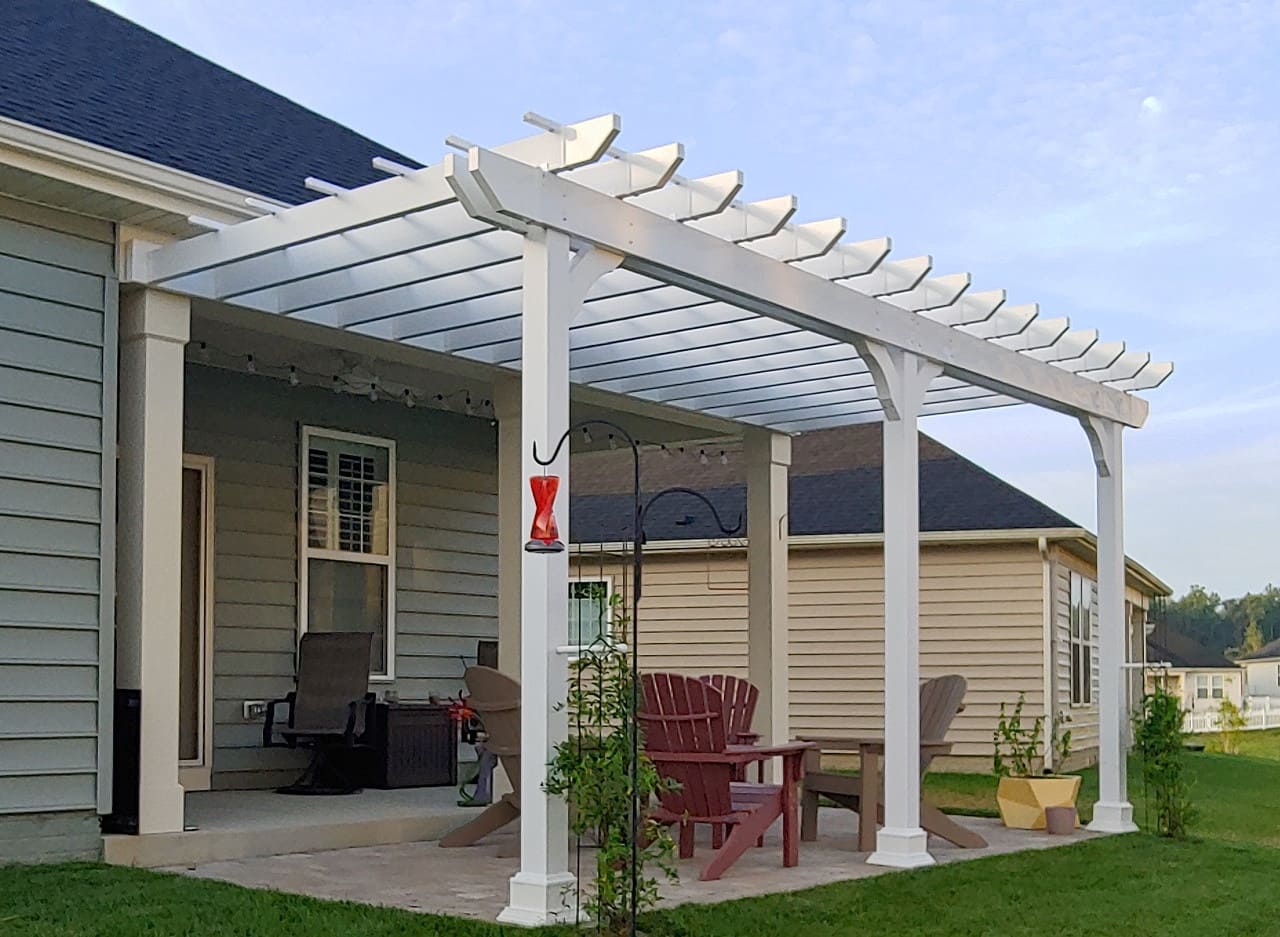
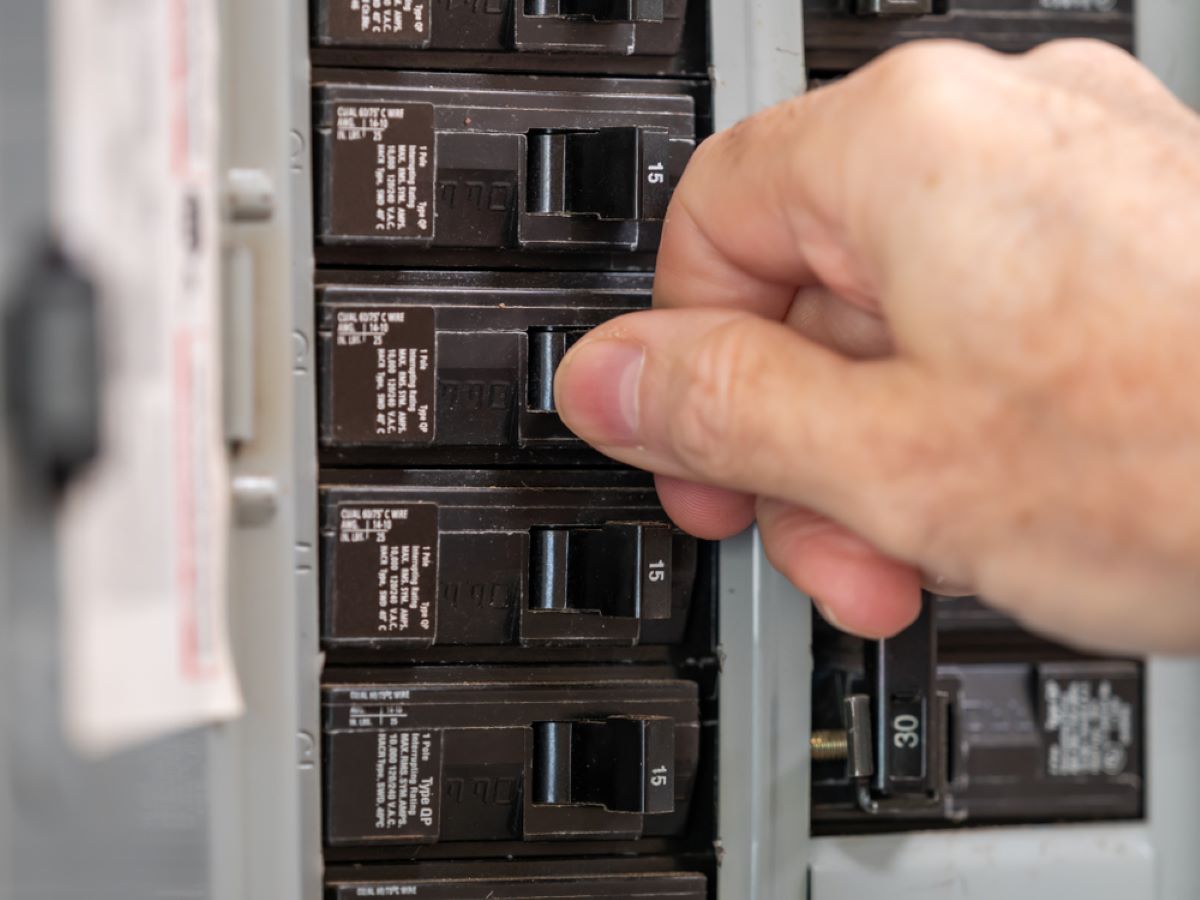
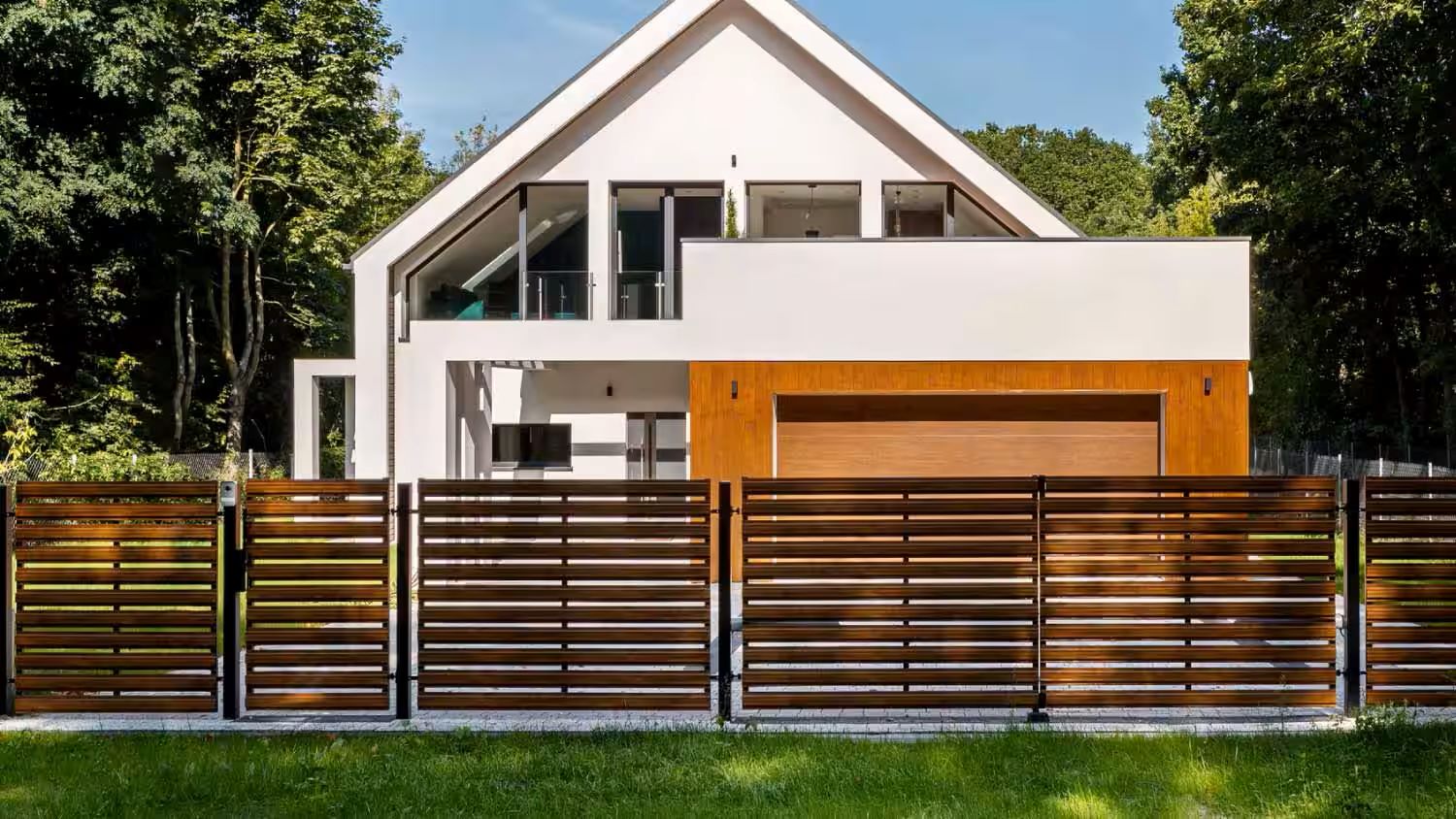
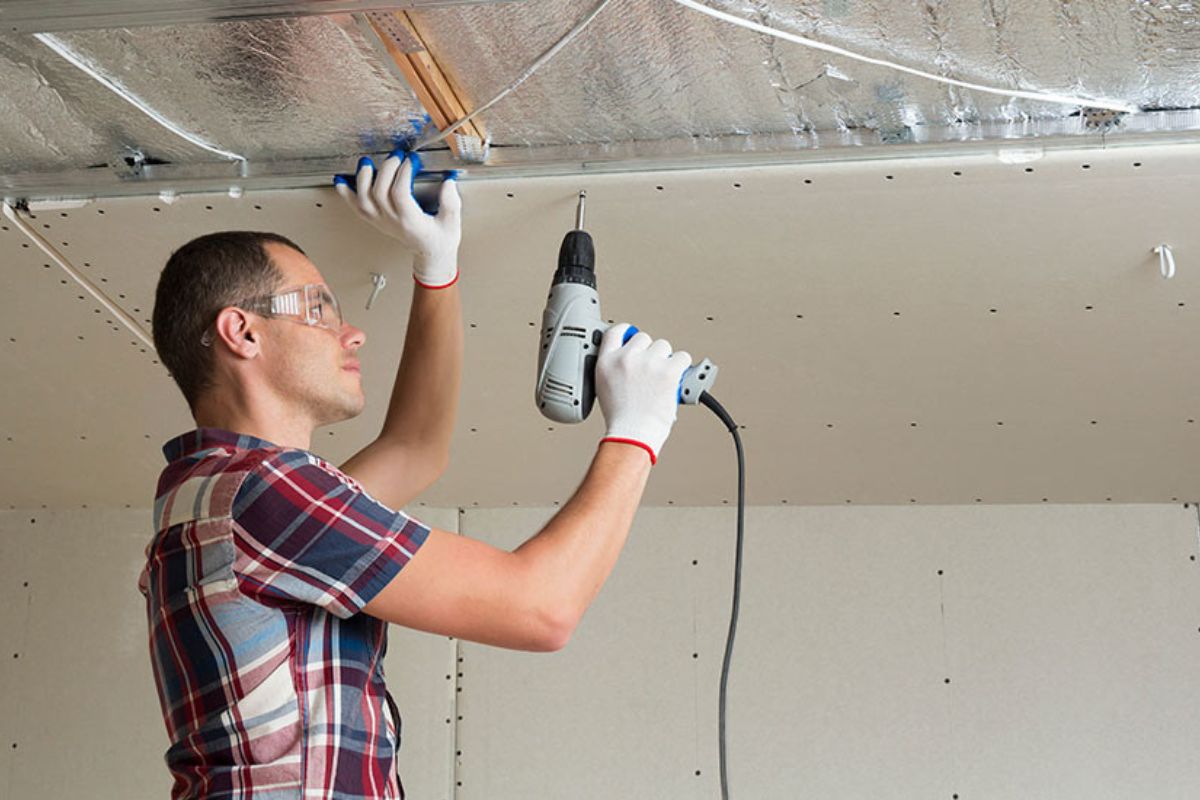

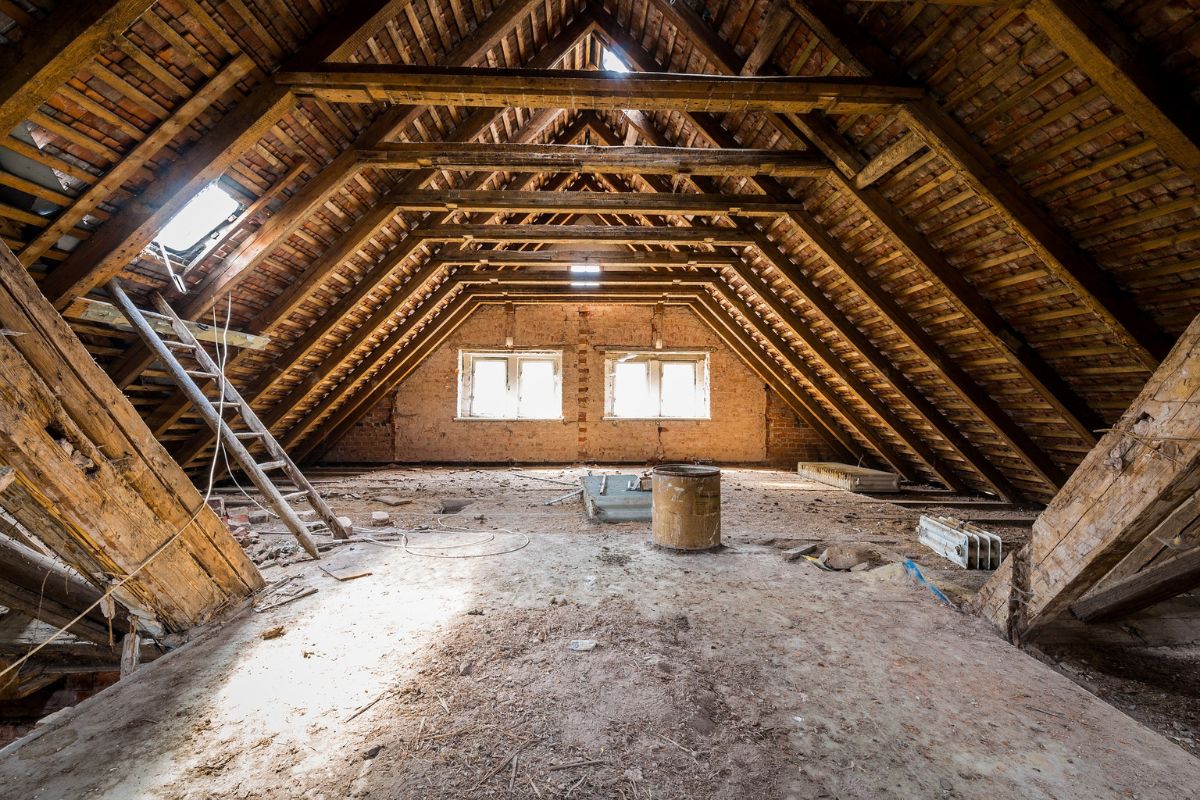

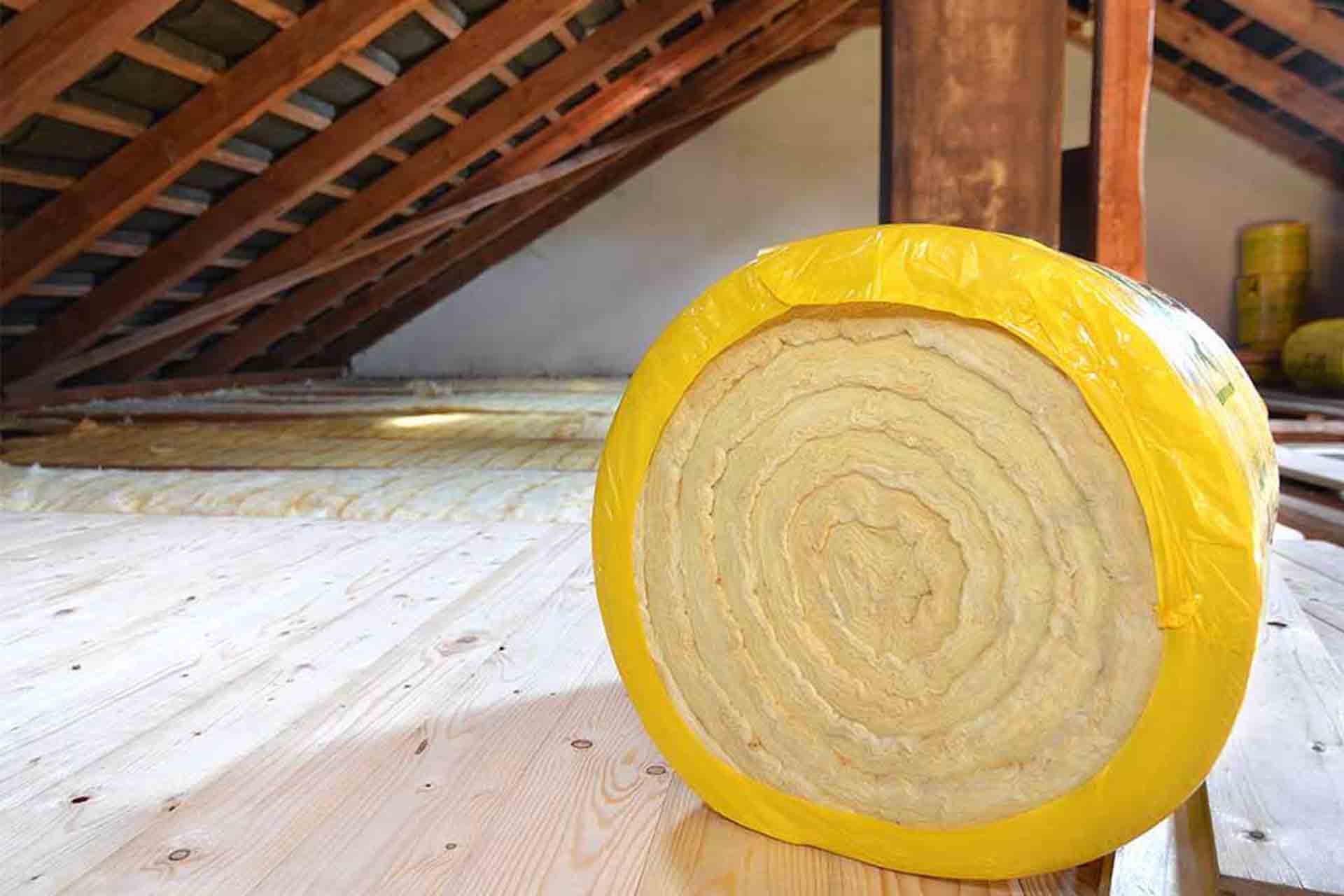
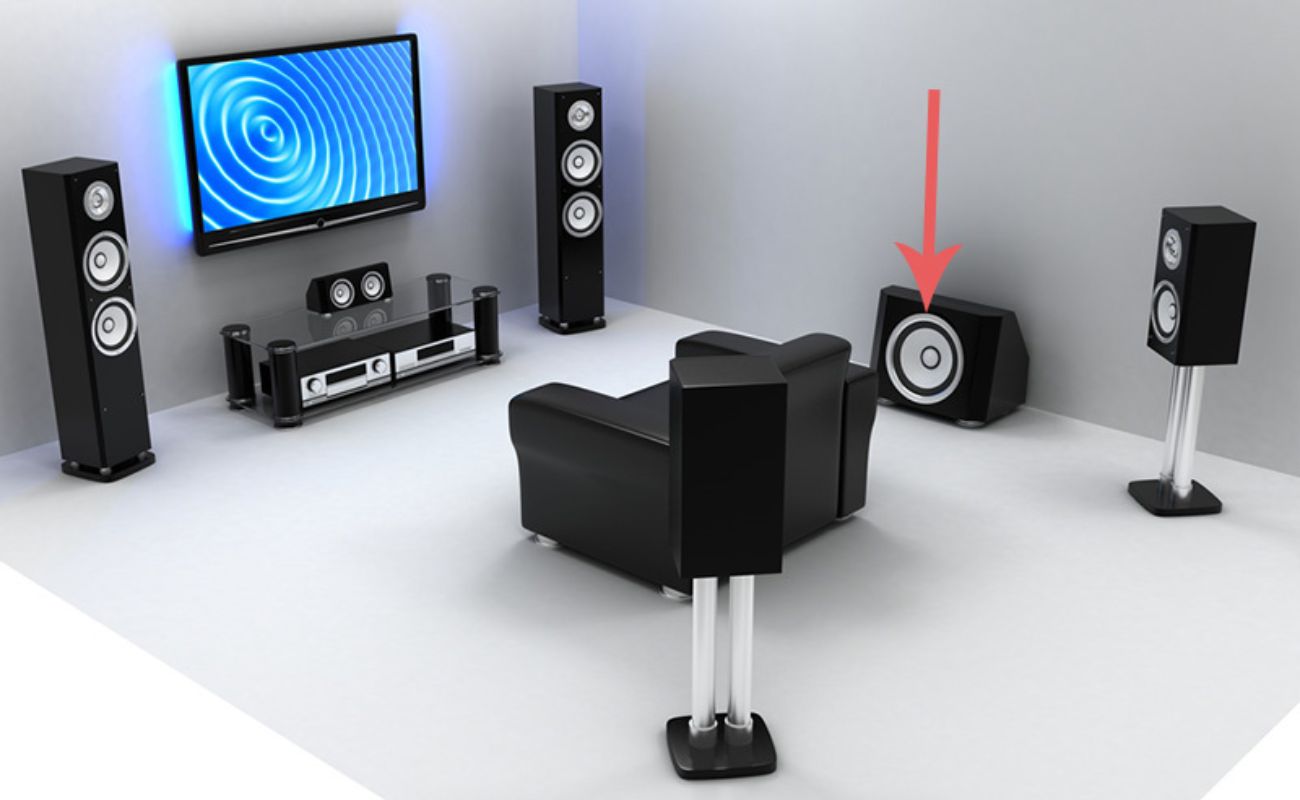
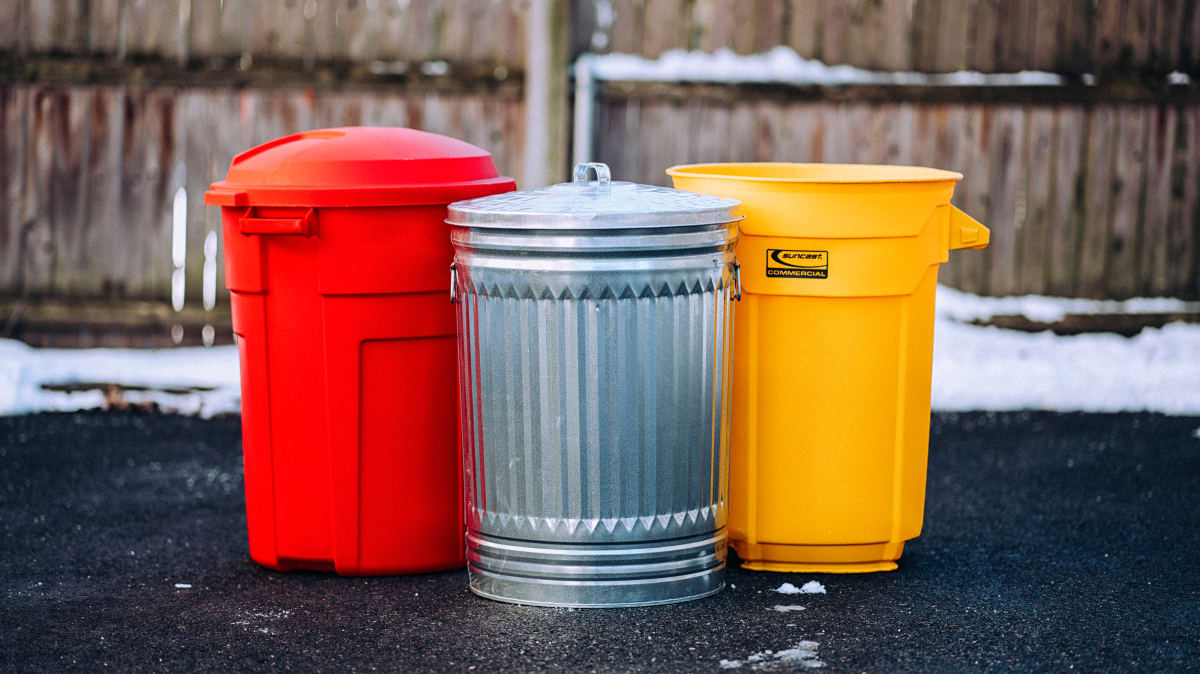
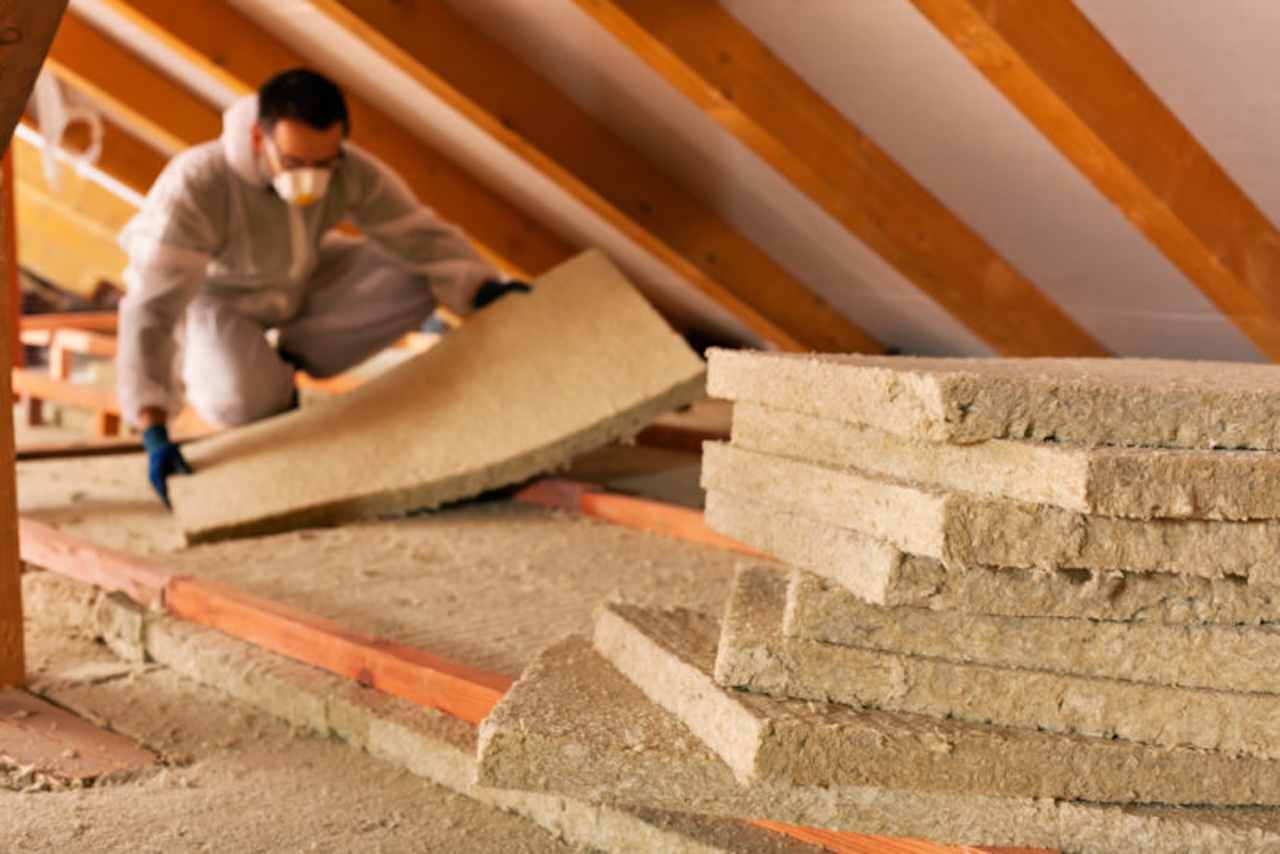
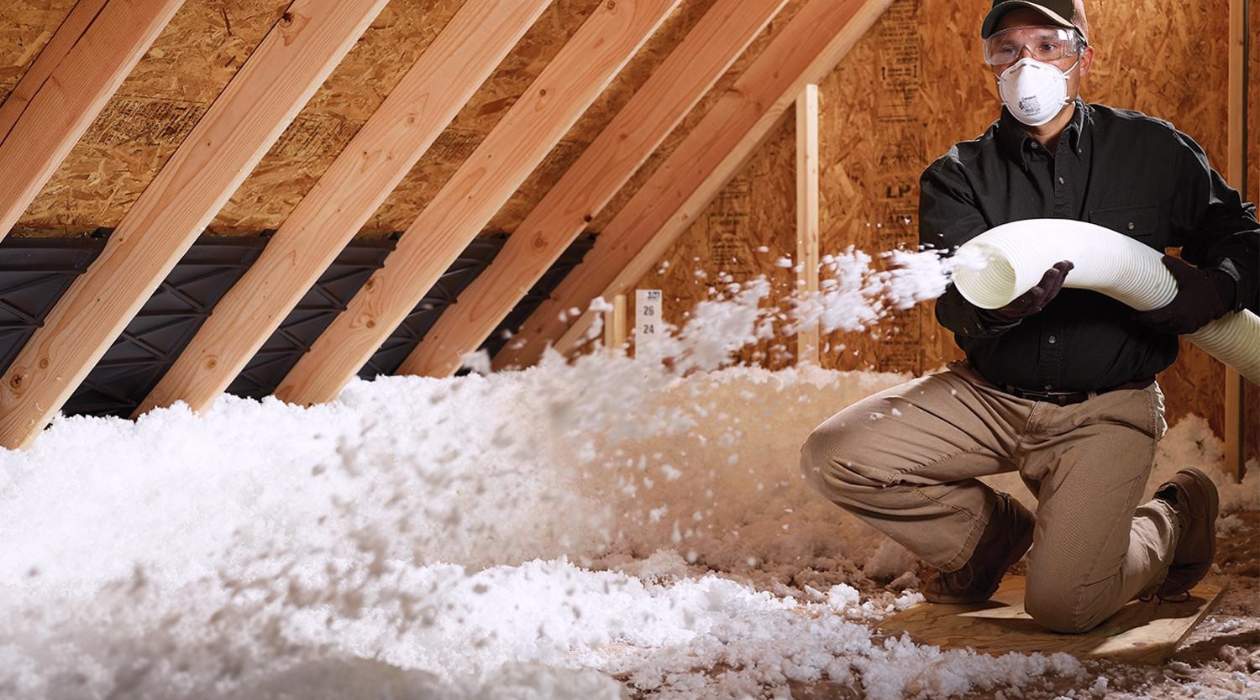
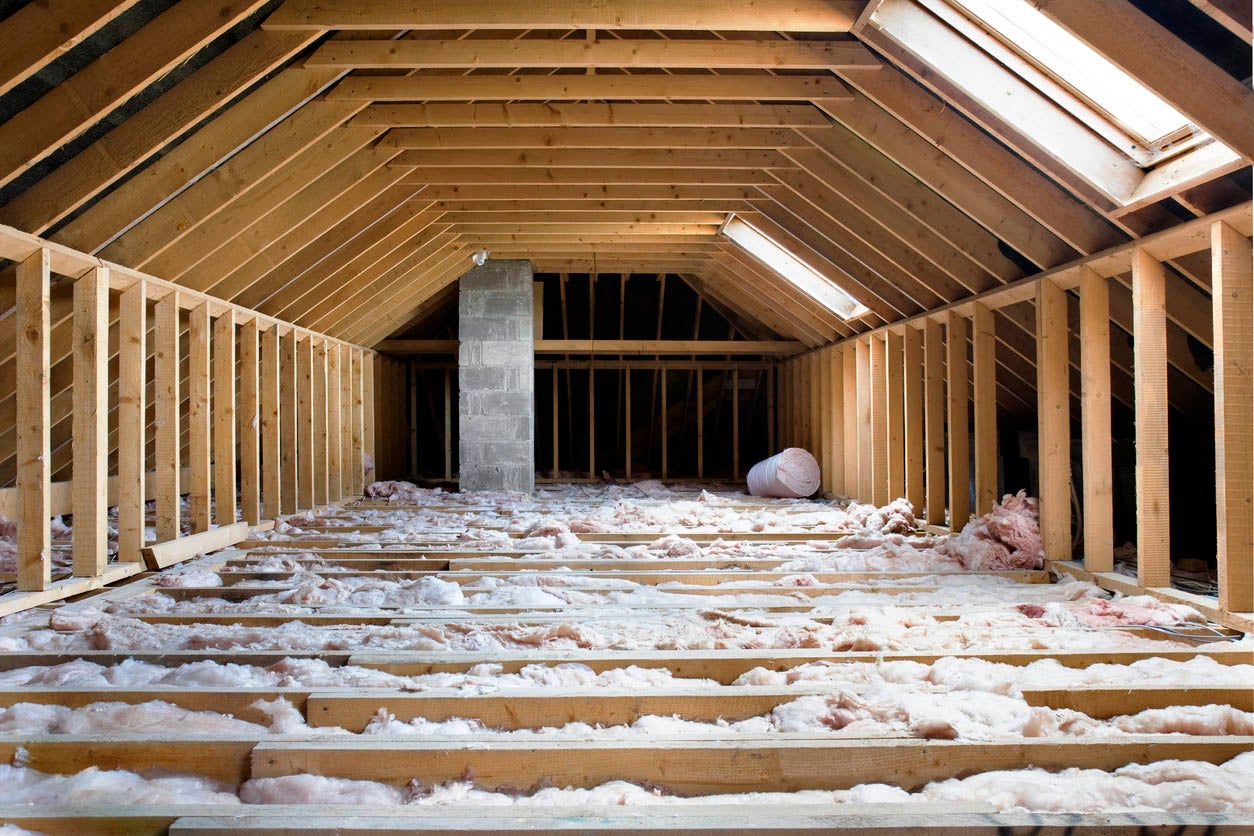
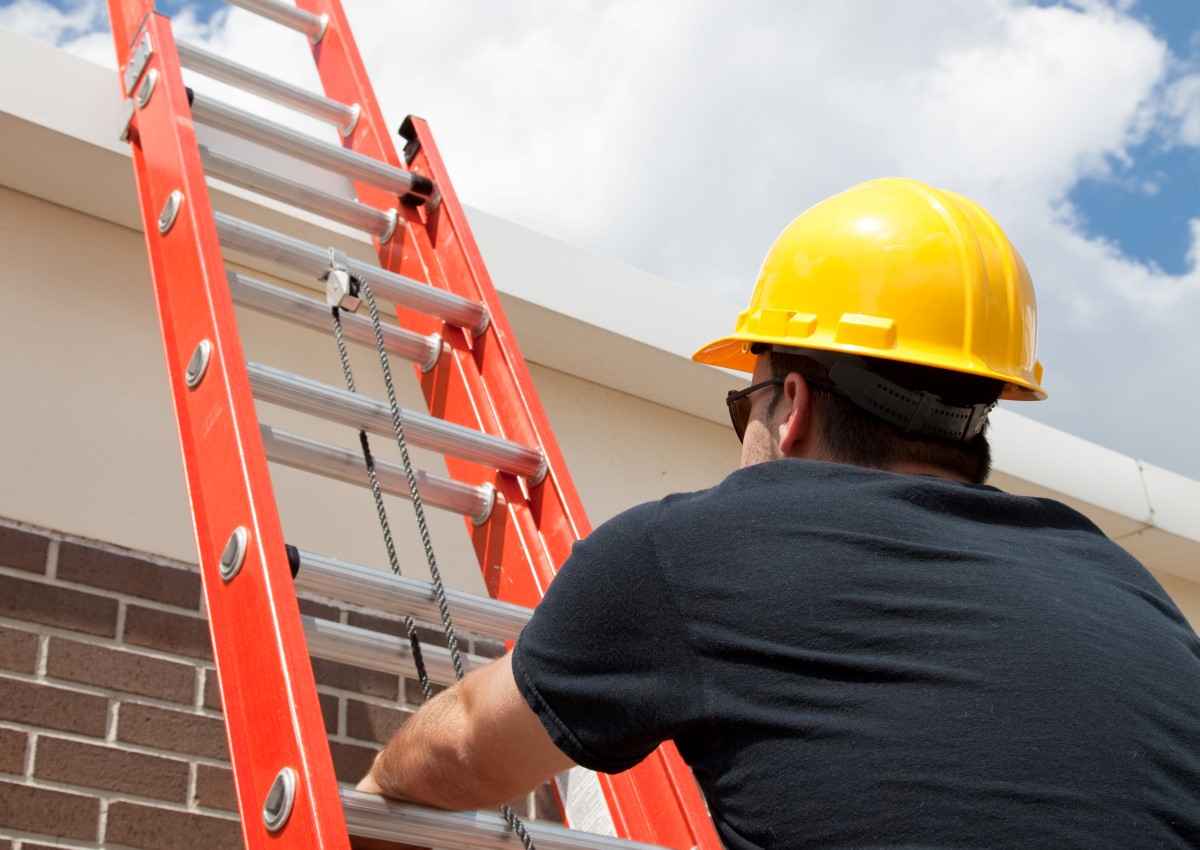

0 thoughts on “Which Way Does Insulation Face In Attic”